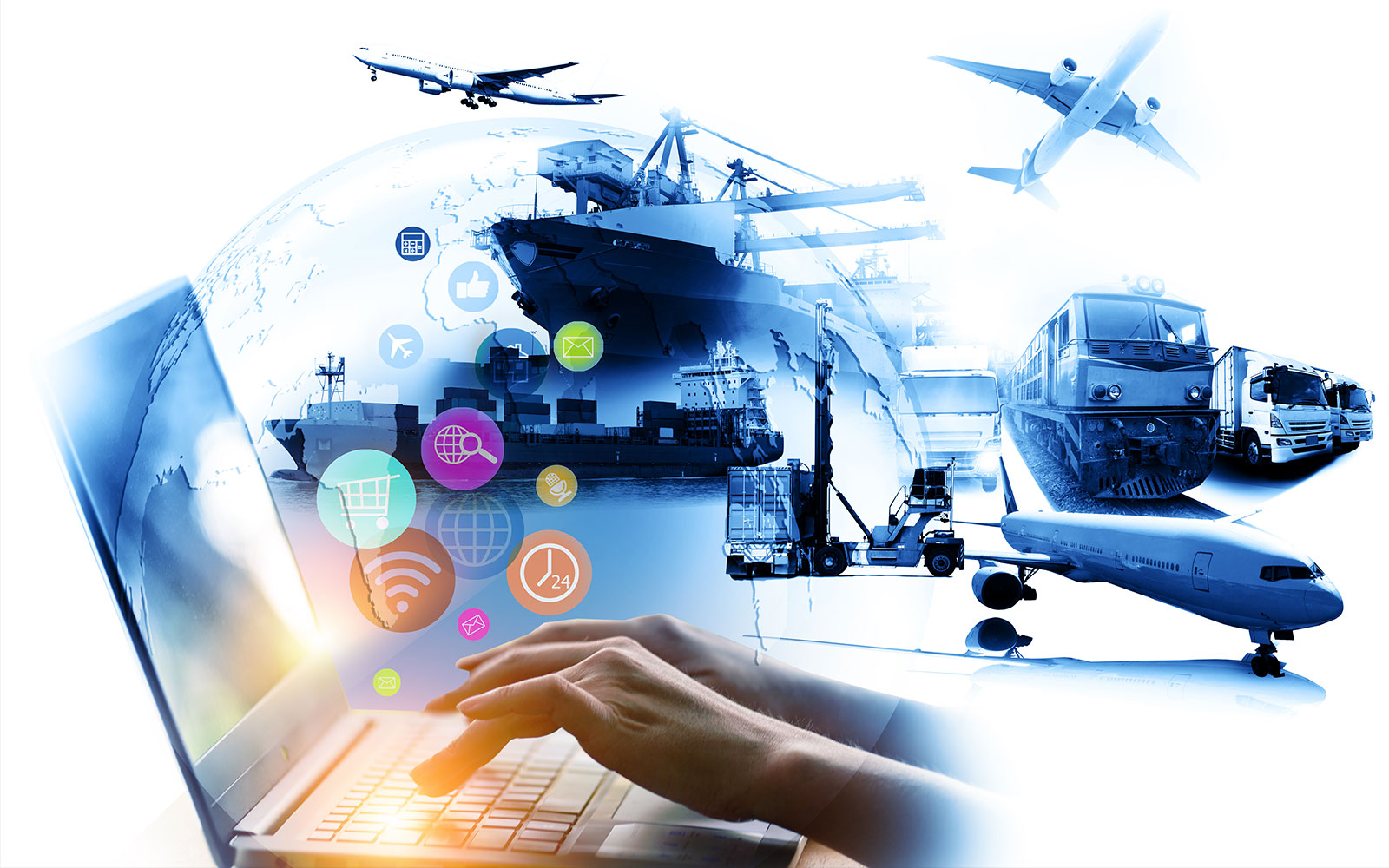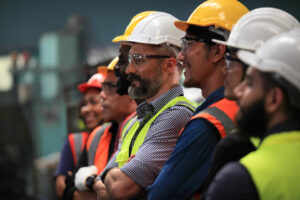
The modern consumer’s expectations are increasing inline, and sometimes ahead of commercial and operational advancement. The increase in impulsive demand for same and next day deliveries has established a demanding standard that puts a new kind of stress on companies.
As this demand surge occurs, the entire supply chain must evolve quickly from a functional operation to a comprehensively linked data and network-led model. Many new and innovative methods are coming to the fore as companies transform their supply networks to satisfy ever-more difficult customer requirements.
With the digital transformation of the supply network, consisting of cutting-edge technologies such as artificial intelligence (AI), blockchain and automation, companies can integrate data and information from several diverse sources in order to drive the delivery and meet expectations.
Logistics Automation
Demand for some products has far surpassed many enterprises’ capacity to deliver in time or on budget, add to this the huge online behemoths offering delivery on the same day, buyers are beginning to become conditioned to expect many items with similar terms.
What sellers term the ‘last mile’, the last delivery location that products from the warehouse or transit hub are an increasing challenge, mainly in urban areas, as customers expect rapid and flexible deliveries.
One way forward-thinking organisations are evolving to respond to customer expectations while maintaining low overhead costs is by automating some of their last-mile delivery systems. With the construction of smaller, last-mile distribution facilities no more than six to nine miles from the main municipalities, packages may be supplied in tandem with regular shipping and autonomous carriages and even drones.
When a proven concept, autonomous and drone vehicles will contribute to substantial cuts in infrastructure costs and burdens for ultimate distance.
Artificial Intelligence
In modern supply chain operations and specifically in logistics, automation and artificial intelligence (AI) plays a key role. In keeping an inventory, for example, AI and localised intelligence might enable sellers to keep their product delivery methods and supply chain processes at a competitive edge.
Complex and nuanced big data from certain geographical regions combined with online interactions can reveal shopping patterns in detailed consumer segmentation based on certain times, events and occasions. Therefore, a seller may use AI to predict which items are inexpensive to store in a certain facility since they are closer to certain locations. In that location, the population and other behavioural information define how and what is stored and this information can be modified according to behavioural changes or other causes. For example, if a heatwave is predicted in a certain area, shops will have to stock more air conditioners and this increase in supply is anticipated.
Blockchain
There has been a lot published on blockchain technology, but sometimes it may be difficult for organisations or their consumers to understand exactly how it helps. Blockchain is essentially a way to distribute the verification process for everything from business transactions to shipping details. This is an essential tool for the supply chain, as it increases security in recording each interaction of a product or shipment, forcing everyone on the “chain” to validate the input data and making sure this information is not modified after the data is committed into the digital ledger.
What enterprises then have is a permanent record of a product’s path in the supply chain that gives all the parameters throughout the route from place to the time of arrival. For example, let’s take a supply chain challenge where the cargo is perishable, like fish, and must keep at a specific temperature throughout. The fish delivery firm can observe whether the temperature is within the threshold at any time during their voyage and, if this KPI is met, it will minimise food quality challenges. The consolidated information on the blockchain ledger can show vulnerabilities in the supply chain over time, and they can help businesses constantly optimise operations.
Digitising the Supply Chain
One factor that has impacted future supply chains in terms of logistics is their fundamental global nature. Most large corporations have supply networks that span many countries, if not continents.
With so many businesses spread out across the globe, any disruption in the supply chain may be disastrous to operations, losing time, money, and even lives, and jeopardising key customer service responsibilities.
From labour conflicts to natural disasters, they can happen at any time. Once management has finally identified the heart of the problem, it might be too late to prevent the damage, particularly if they operate worldwide and in the numerous time zones from where the interruption occurs. Location intelligence provides a complete picture of all elements of the supply chain and above all helps staff to know what happens and wherein almost real-time. A 7.1 magnitude earthquake in central California, for example, blocked numerous roads and impacted a major American auto producer’s supplier operation.
The auto manufacturer used digital technology to draw a radius of 100 miles from the quake, employed geo-enriched maps and spatial analytics to locate suppliers. They called suppliers to ensure they were safe and healthy. They also checked whether they needed assistance or resources to sustain and perform their activities. The speed and accuracy of incident detection were greatly boosted by localisation intelligence as well and impacted the effectiveness of the company’s reaction positively.
The digital development of supply chains, often as part of “Industry 4.0” means a move from a simple functional system to a holistic, interlinked network of assets, data and operations. These new technologies will make up this digital supply chain, but all will be interconnected by rich data with layers of insight and intelligence. We’ve seen the power of geographic context with spatial insights and when this is blended with AI, autonomous vehicles, blockchain and other disruptive tech we’re in for a disruptive revolution of the whole supply chain model. This dynamic, constantly evolving, real-time view allows companies to fully understand the situation and to act in a responsive manner across all areas of their organisation, cementing competitive advantage as they meet ever-growing consumer demands.





